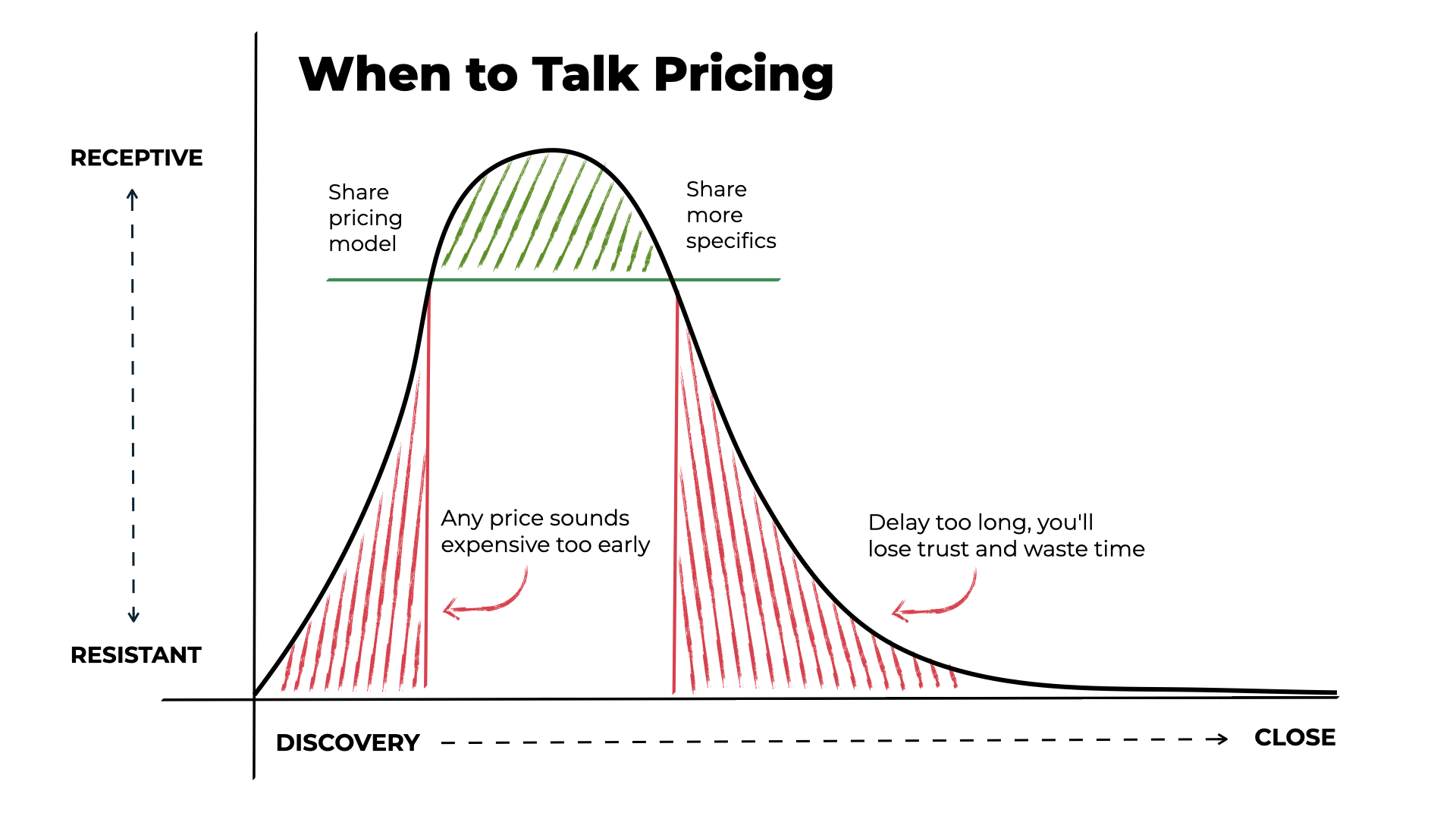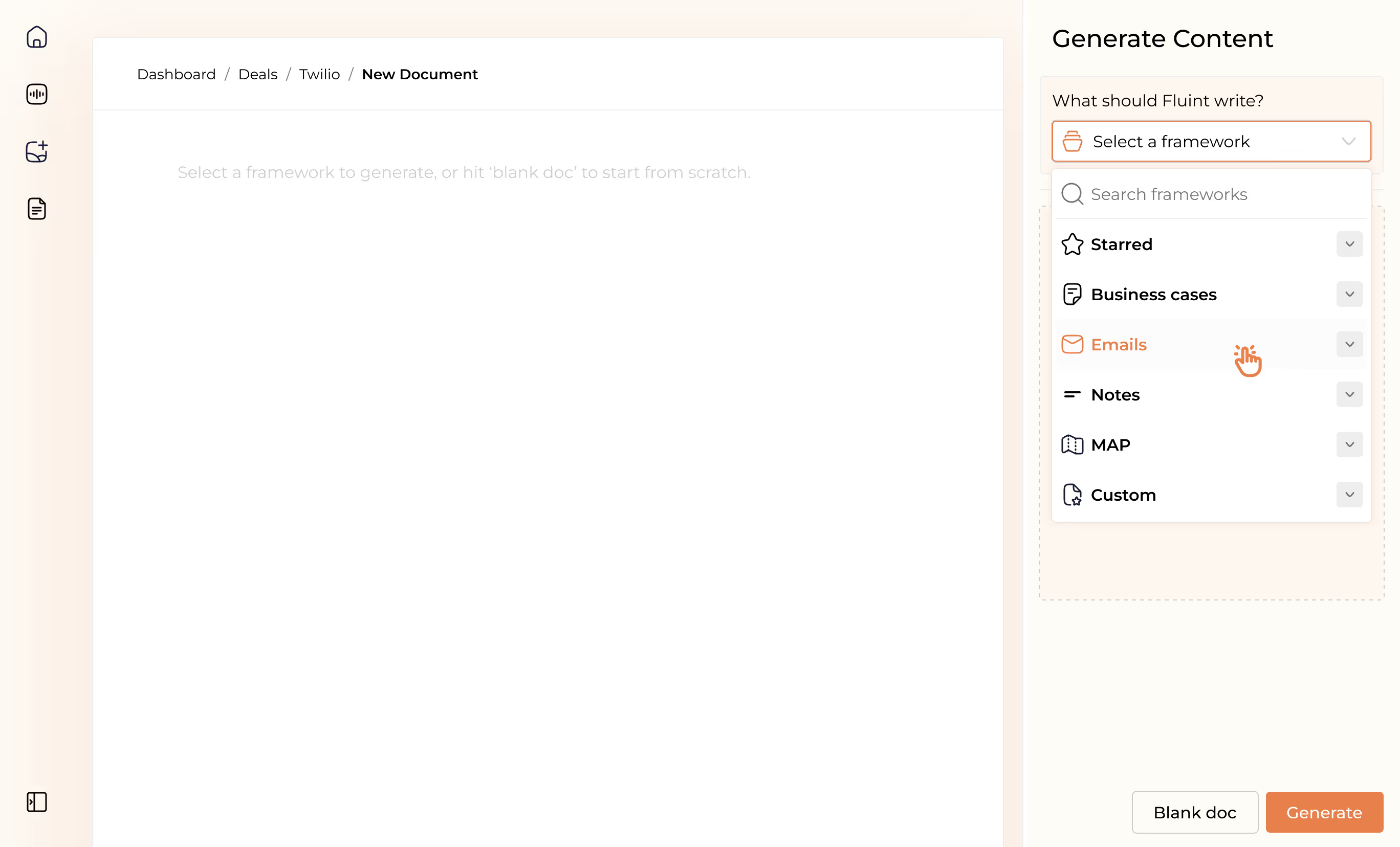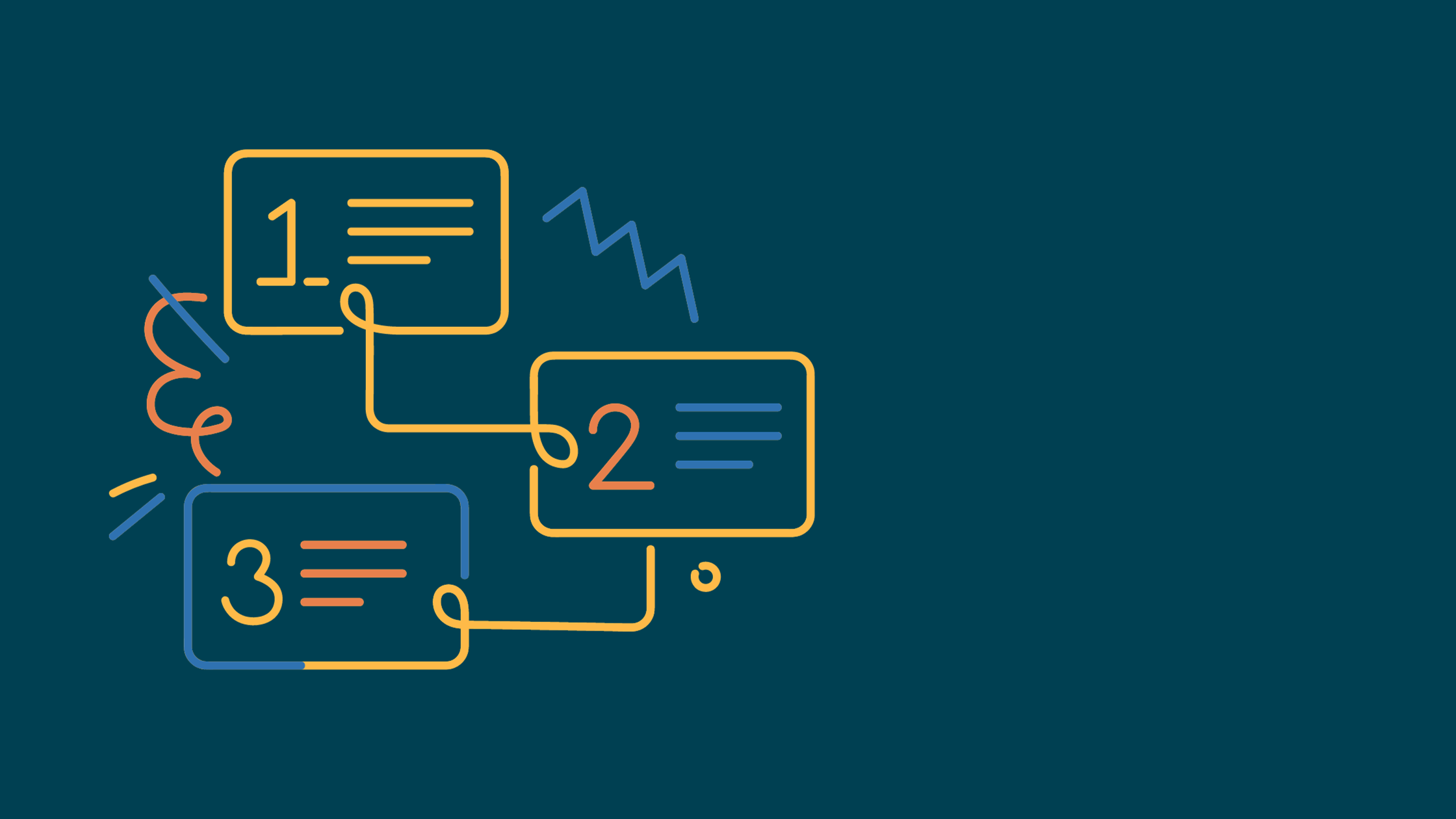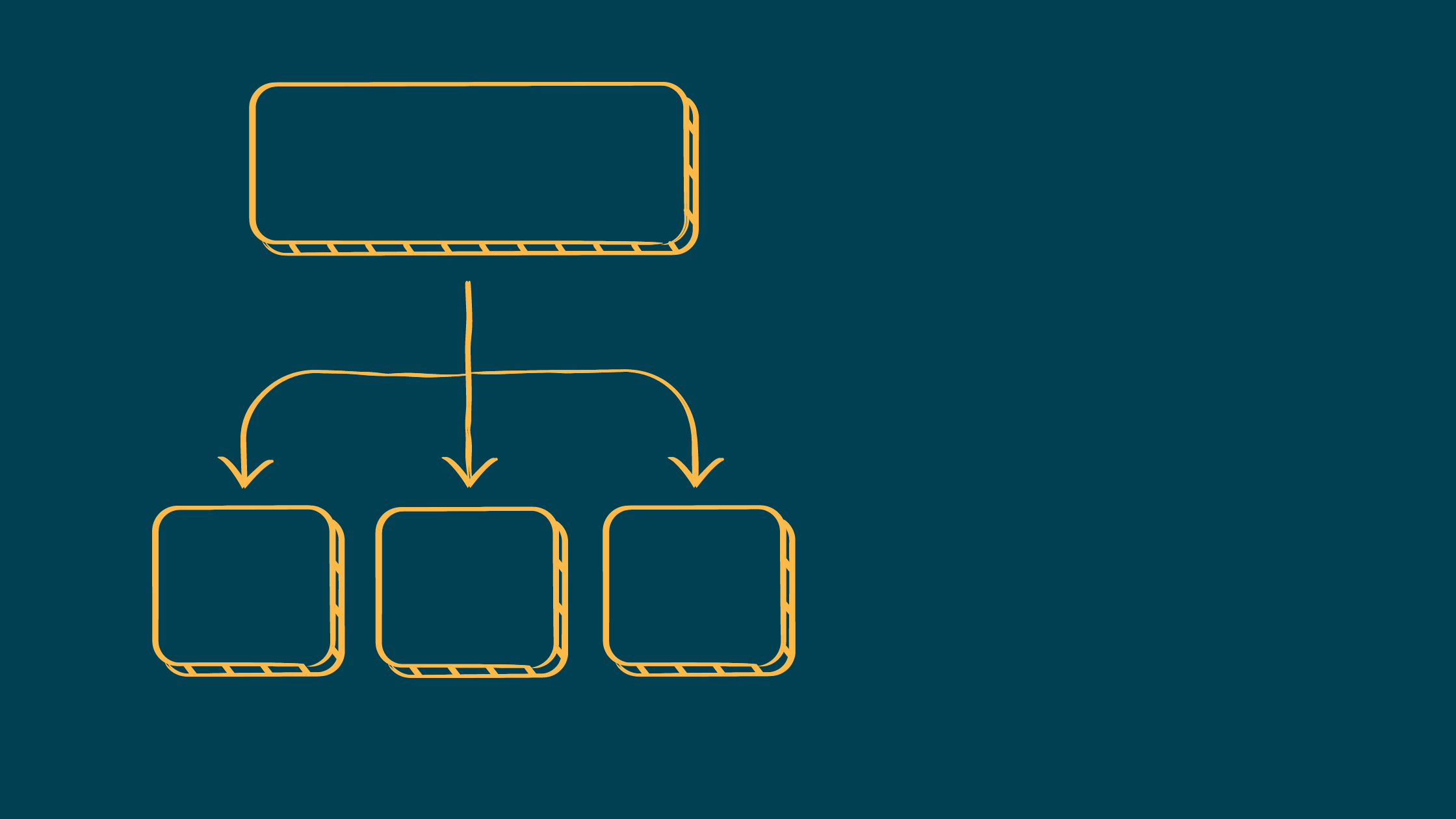How to Confidently Talk Pricing With Prospects
Companies selling five and six-figure deals rarely share a specific price on their website's pricing page. Instead, there's a 'Talk to Sales' option.
On the one hand, this works. Buyers book sales conversations to find what they can’t online. On the other hand, it’s easy for sales reps to either tiptoe around the topic, or create sticker shock.
But revealing pricing
and discussing budgets doesn’t have to be an awkward or abrasive experience.
In fact, it’s an opportunity to build trust with a contact you’re hoping to convert into your champion.
Here are five phrases to confidently share pricing and troubleshoot budget-related objections.
1. “You haven’t asked, but I imagine you’re curious about our pricing.”
The sales cycle has a sweet spot for talking pricing. After discovery, and before the demo is complete.
Of course, this varies slightly based on your exact product. The general principle, however, holds true.
Share pricing too early — before you’ve uncovered the true cost of a problem — and you’ll sound too expensive. Delay for too long, and you’ll erode trust by appearing to withhold key information.

2. “The reason our pricing model is structured this way is so that you...”
Note from the graphic above, you should share your pricing model first, specifics second.
As your share your model, explain why it’s structured as it is. Frame it around a benefit to your buyer.
For example, let’s say your product will cost $10,000 per year, based on a platform fee ($5,000) plus per-user fees ($5,000, as $500 per year x 10 users). First, you’d say:
Your investment would be based on a $5,000 platform fee, plus a $500 per-user cost.
Then, you’d want to share:
The reason our pricing model is structured this way is so that you’re not penalized for growth.
Some providers don’t have a platform fee, but they charge more for each user. So as your team scales up, the costs can really add up.
3. “How does that price range compare to your expectations?”
Ever seen Tide’s ‘Talking Stain’ commercials? Sharing pricing without pausing is kind of like that.
If you change the topic, but your prospect is still thinking about price, your message will get lost.
It’s better to pause and ask for feedback. If, for example, your prospect was expecting a price under $25,000, and in reality, it’s over $50,000, that’s a huge gap.
Frustration = Reality - Expectations, so disarm that frustration by talking through it:
Was the figure you shared based on a budget that’s already set aside, or something else?
Is what you’ve seen about us interesting enough to continue exploring, despite that gap?
Let’s say for a minute you wanted to make our pricing work inside your current budget. What would have to change? Is this challenge a large enough priority to talk though that?
4. “Some providers charge as little as $X for this. Let me share why we charge more, and why we might be the smarter choice for you.”
Naturally, buyers focus on dollar costs. It’s easy to compare a price to their budget, or a competitor.
Less tangible costs like time, energy, training, and the opportunity cost of unsolved problems may not receive the same attention.
If your space has a “bargain” competitor, who sacrifices functionality or the user experience to undercut on price, call this out.
Label yourself as the more expensive option. Then, name any hidden costs that customers don’t alway consider. Those unseen costs can quickly make cheap, far more expensive.
5. “Let’s say our solution was free. Would we be the right fit for you?”
Price is always a function of value. So if you haven’t resolved doubts about your product’s fit, and your prospect hasn’t confirmed you’re their preferred provider, negotiating price is pointless.
A better approach is to isolate the objection with a hypothetical scenario. Free product.
Would they move forward? If so, when? If not, why not? Is there something — aside from budget — that’s preventing your companies from working together?
Remember, talking pricing is part of the process of creating a deal champion. When done well, you’ll build trust, and teach them how to frame an investment in your solution while discussing their budget with their team.
Why stop now?
You’re on a roll. Keep reading related write-up’s:
Draft with one click, go from DIY, to done-with-you AI
Get an executive-ready business case in seconds, built with your buyer's words and our AI.

Meet the sellers simplifying complex deals
Loved by top performers from 500+ companies with over $250M in closed-won revenue, across 19,900 deals managed with Fluint

Now getting more call transcripts into the tool so I can do more of that 1-click goodness.



The buying team literally skipped entire steps in the decision process after seeing our champion lay out the value for them.


Which is what Fluint lets me do: enable my champions, by making it easy for them to sell what matters to them and impacts their role.








